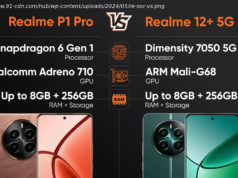Samsung says its new phone screen is the best it’s ever made. We parse the tech that makes it possible.
Samsung’s Galaxy S10 has an in-screen fingerprint reader, wireless charging of other devices, three cameras and an actual headphone jack. But its biggest feature is something its owners will be staring into every day: the screen.
Samsung’s engineers didn’t neglect the new phone’s display. All four varieties — the Galaxy S10, Galaxy S10 Plus, Galaxy S10E and Galaxy S10 5G — have different-sized versions of «the most beautiful display that the Galaxy family has ever seen,» according to Samsung. And in 2019 it busts out more screen tech buzzwords than ever, each more arcane than the last.
We haven’t tested the phone yet or really seen its screen in person to compare, but as a TV reviewer (and longtime Samsung phone owner) I have seen many of those buzzwords before.
Here’s a cheat sheet with Samsung’s latest such words use on the S10, and what they mean. I’ve listed them in order from most- to least-important, as determined by my reading of Samsung’s display deep-dive.
Dynamic AMOLED: Samsung’s previous phones used the marketing term Super AMOLED, and so far it’s unclear exactly why they switched to Dynamic — beyond the fact that it figures into HDR and Dynamic tone mapping (see below), and it sounds cool. AMOLED is a real thing though. It stands for active-matrix organic light-emitting diode, and is one of two screen types used in phones today — the other is LCD (just about every OLED phone screen is active matrix, so just ignore the «AM»). By most measures of image quality OLED is better than LCD, in part because it can achieve an absolute shade of black, which improves contrast.
Forget «Dynamic» and «AM» then: the OLED nature of the S10’s screen will, as always, be the most important contributor to its image quality.






